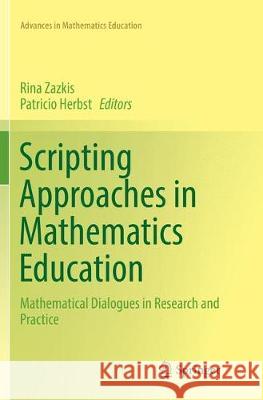Scripting Approaches in Mathematics Education: Mathematical Dialogues in Research and Practice » książka
topmenu
Scripting Approaches in Mathematics Education: Mathematical Dialogues in Research and Practice
ISBN-13: 9783319873725 / Angielski / Miękka / 2018 / 425 str.
Scripting Approaches in Mathematics Education: Mathematical Dialogues in Research and Practice
ISBN-13: 9783319873725 / Angielski / Miękka / 2018 / 425 str.
cena 382,84 zł
(netto: 364,61 VAT: 5%)
Najniższa cena z 30 dni: 382,84 zł
(netto: 364,61 VAT: 5%)
Najniższa cena z 30 dni: 382,84 zł
Termin realizacji zamówienia:
ok. 20 dni roboczych.
ok. 20 dni roboczych.
Darmowa dostawa!
Kategorie:
Kategorie BISAC:
Wydawca:
Springer
Seria wydawnicza:
Język:
Angielski
ISBN-13:
9783319873725
Rok wydania:
2018
Wydanie:
Softcover Repri
Ilość stron:
425
Oprawa:
Miękka
Wolumenów:
01











